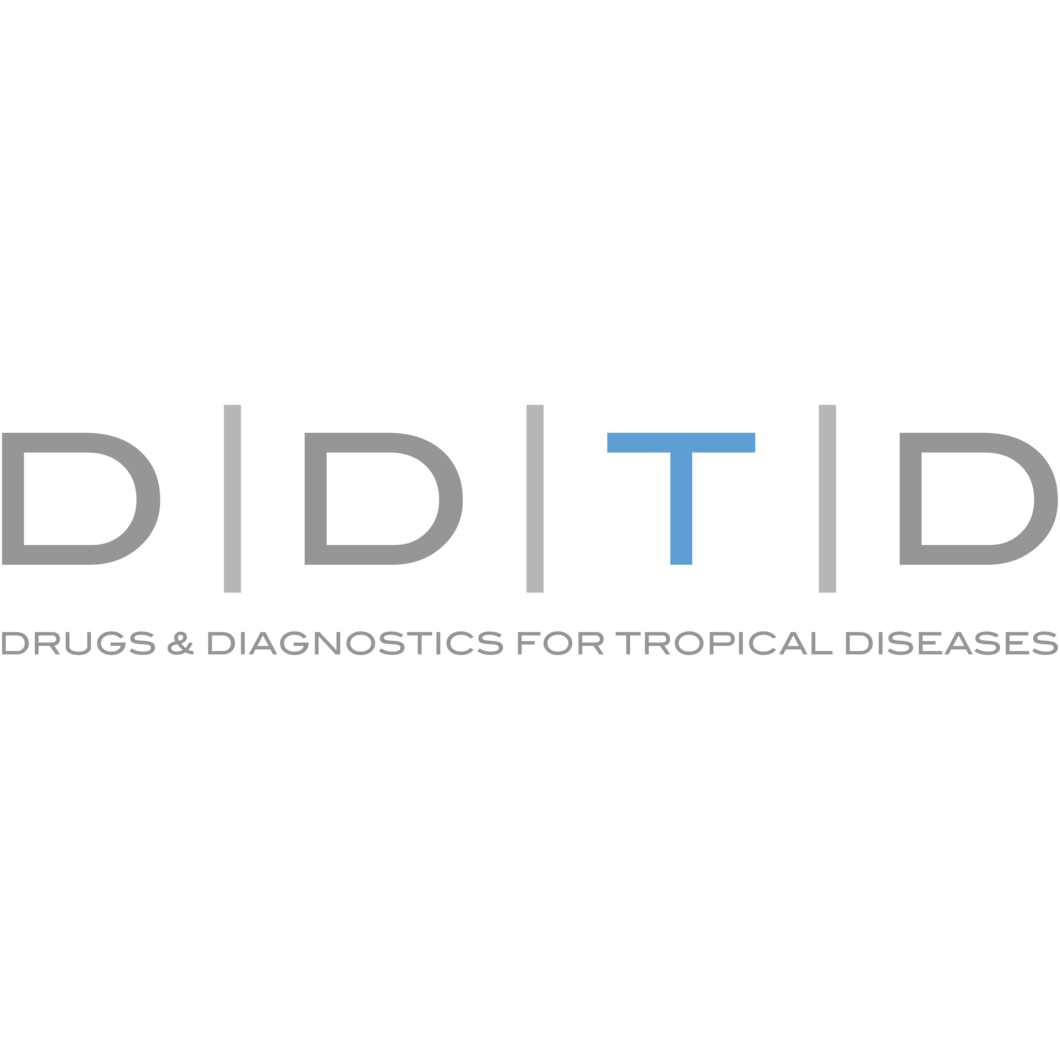Other Efforts
Focused on Elimination
At DDTD, we embrace the ideal of eliminating diseases that do not belong to the 21st century. The first step towards eliminating a disease is the ability to detect it. Mapping diseases is critical for the World Health Organization (WHO) and its affiliates to initiate mass drug administration programs, allocate resources, monitor progress, and eventually verify elimination.
Parasitic Worms
DDTD is especially interested in mapping filariae, a group of parasitic worms that infect tens of millions of people and that cause loiasis, river blindness, and lymphatic filariasis. Although rarely lethal, these infections are a major cause of disability worldwide, and on a larger scale, impede socioeconomic development and poverty reduction. Filariae are transmitted by the bite of mosquitoes or flies. New rapid diagnostic tests (RDTs) for filariases are acutely needed, especially for loiasis where such tests are not commercially available.
Hepatitis-A
At a domestic level, we seek to reduce health inequity within local communities by providing a portfolio of low-cost rapid diagnostic tests (RDTs) developed specifically for homeless individuals and people living in precarious conditions. Our initial focus will be hepatitis A (HAV), a highly contagious disease which struck the homeless and illicit drug user populations in San Diego and surrounding areas over the last year. HAV epidemics are also active in other parts of the nation, including Michigan, Kentucky, Utah, and Washington State.
Hepatitis A is a viral liver disease that can cause mild to severe illness. The virus is primarily spread through ingestion of contaminated food and water or through direct contact with an infectious person. The disease is closely associated with unsafe water or food, inadequate sanitation and poor personal hygiene. Unlike hepatitis B and C, hepatitis A infection does not cause chronic liver disease and is rarely fatal, but it can cause fulminant hepatitis (acute liver failure), which is a serious condition. Groups at unusual high risk for hepatitis A infection include homeless people, illicit drug users and people with chronic liver disease. Hepatitis A occurs sporadically and in epidemics worldwide, with a tendency for cyclic recurrences.
In 2017-2018, a hepatitis A (HAV) outbreak struck homeless people in San Diego county and neighboring Imperial county, with 587 cases, 402 hospitalizations, 20 deaths, and over 100,000 vaccinations. An FDA-approved rapid test for HAV would have saved lives and an estimated $8 million in hospitalization and vaccination costs. While this epidemic seems to be under control in San Diego, active foyers of infection remain in the US, especially in Michigan, Kentucky, Utah, and Washington. Additionally, homeless persons remain exposed to other unpredictable epidemics that can spread and become serious public health concerns.


